Writers and editors can agree: editors should spend their time where it counts the most—wrestling with words.
Unfortunately, there is a category of editing work I call “important but low-value” that editors spend their time doing that isn’t a great use of their time and the author’s money. Some of these are easy to fix fairly quickly with automated tools but others aren’t.
Here are my top five:
Non-standard paragraph indenting: If you pick up a bestseller, you’ll notice a common pattern. The first paragraph of a chapter or a section is not indented. All other paragraphs have an indent. This is probably rule number one of professional book formatting.
Really weird font-selection: I know you think curly fonts are cute, but they’re hard on the eyes for your editors and will probably be changed by your formatter. Times New Roman, 12-pt font for editing please.
Unclear chapter and section hierarchy: Be clear and consistent with your chapter and section titles. Section titles should be in bold or (less preferred) italics. Again, the first paragraph of the section is not indented. If I can’t quickly figure out the structure of your book, it’s going to slow me down.
Phantom pictures and unclear design elements: If you have a placeholder for a picture, make it super clear. Don’t have us guessing what this thing is.
Rough citations: You knew I was going to say it. You don’t like to do them and neither do I, but since we’re both vested in producing a high-quality product, one of us is gonna have to fix them. I find that all of the citation information is there but they’re in the wrong order, it’s not as time consuming to fix as if there is missing information in the citations. If you want to save your editor some time, tell your editor to make a comment about what’s missing and so you can look it up and provide the missing details. One manuscript I worked on had 100 citations and probably 75% of them had missing details. This could be a task that you could be working on while your editor is working on the rest of the manuscript. The alternative is having your editor looking up publisher names and publication dates on Amazon and Google Books. Not a good use of time.
Bonus: Misspelled names: Okay, I couldn’t stop at five. Please, please, please verify that you’ve verified the spelling of a person’s name in your book. I will check every single one of them but if I notice a pattern of misspellings, please believe I’m fact checking everything now. The circle of trust has been broken.
Bonus: Okay, I’m almost done. Do not send your editor a document that you haven’t run Spell Check on. Yes, people do this. I lived to tell the tale.
Of course, if you, dear author, don’t want to do this work, your editor will do it for you. But these are things we think about when you’re developing your rate proposal and how long it will take to return your manuscript back to you.
Now, you might say, “Doesn’t the book designer do some of this?” Yes, if the author and the editor don’t fix these things, the book designer has to. If you’re spending your hard-earned money, are these the things you’d want your editors and book designers working on? Didn’t think so!
I have not presented an exhaustive list. If you saw the style guidelines that traditional publishers ask editors to follow, you might cry. Nevertheless, check out the submission guidelines of some publishers to see how you could get your manuscript in tip-top shape and editing-ready.






